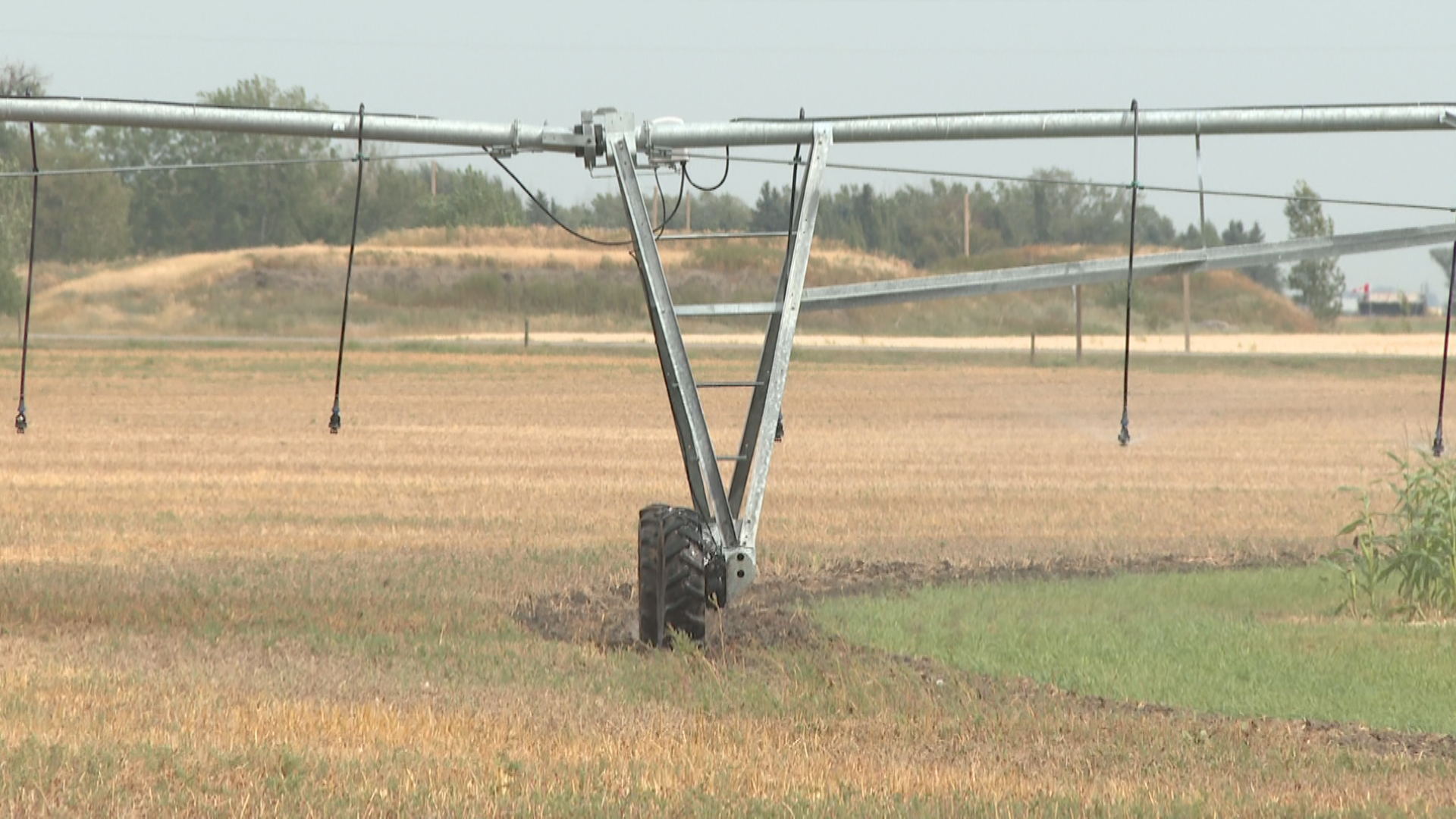The article discusses the weather conditions in southern Alberta, with a focus on the impact of the changing seasons on agriculture. The previous winter was dry and warm due to the presence of El Nino, leading to drought conditions in the region. However, the transition to La Nina is expected to bring cooler temperatures and potentially more humidity. While this could present its own set of challenges, the rain in May and June helped alleviate concerns and provided farmers with a good summer despite low reservoir levels.
One expert, Ken Coles, executive director of Farming Smarter, mentions that the wet spring and early May showers were beneficial for crops, filling up the soil profiles and leading to average to above-average crop yields. While some farmers experienced nearly flooding conditions due to excessive rain, the overall impact was positive. Coles also notes that droughts tend to come and go in 10-year cycles, and the region is nearing the end of this particular cycle. Environment Canada predicts above-normal precipitation in La Nina winters, which will be crucial for irrigation and maintaining reservoir levels for the following year.
The shift from El Nino to La Nina is expected to bring changes in precipitation patterns, with more snow forecasted for the upcoming winter. This is seen as essential for filling reservoirs and ensuring an adequate water supply for irrigation. Coles emphasizes the importance of snowfall for maintaining water levels and highlights the role of natural cycles in influencing weather patterns. Overall, the combination of early May showers, wet spring conditions, and the potential for increased snowfall in the coming winter paints a more positive picture for farmers in southern Alberta.
Despite concerns about drought conditions in the region, the rain in May and June has provided relief for farmers and helped maintain average to above-average crop yields. The transition from El Nino to La Nina is expected to bring cooler temperatures and more precipitation, with Environment Canada predicting above-normal snowfall for the upcoming winter. This bodes well for irrigation and reservoir levels, ensuring a steady water supply for agriculture. The cyclical nature of droughts and the role of natural weather patterns in influencing agricultural outcomes are also highlighted in the article.


